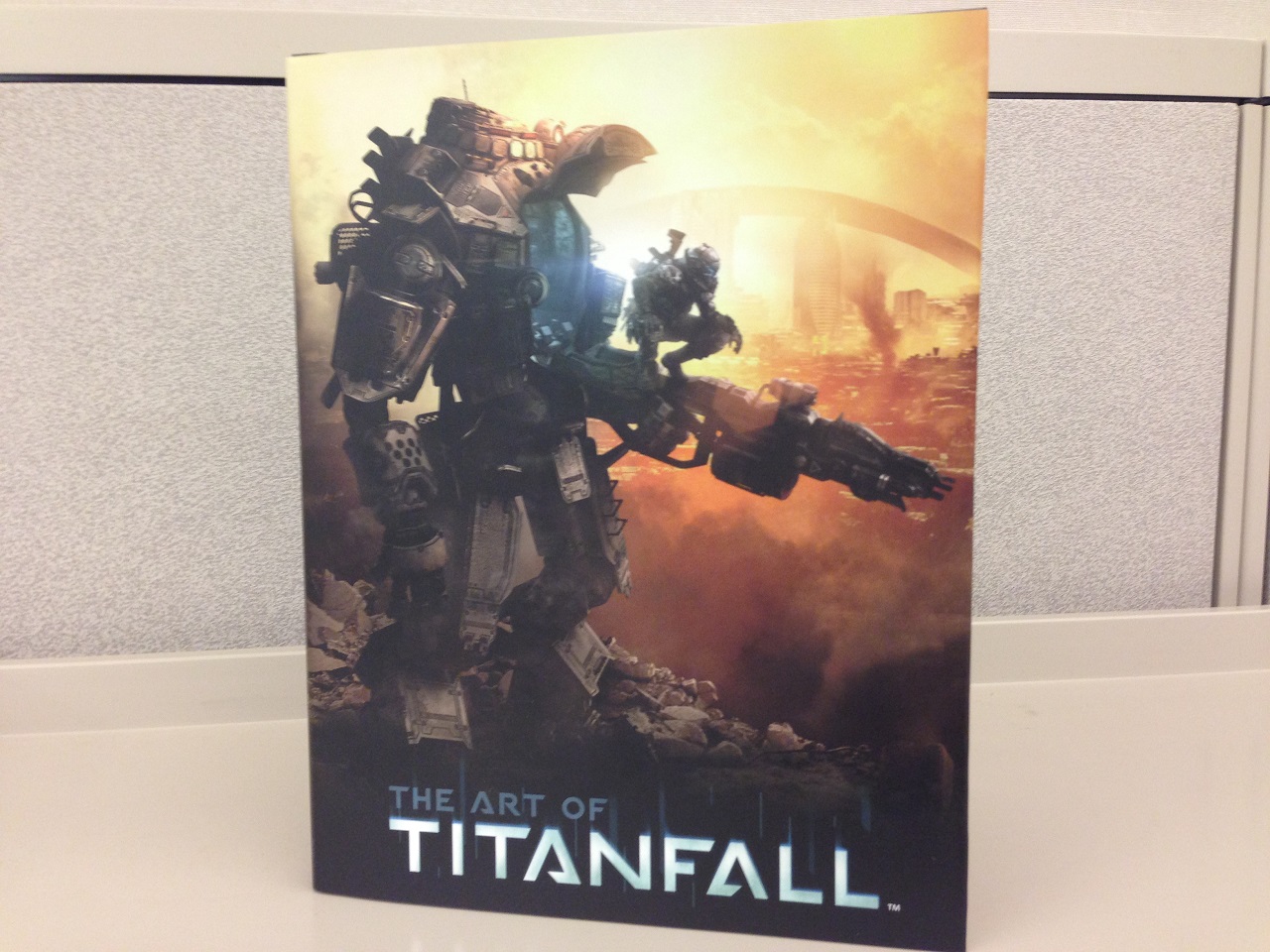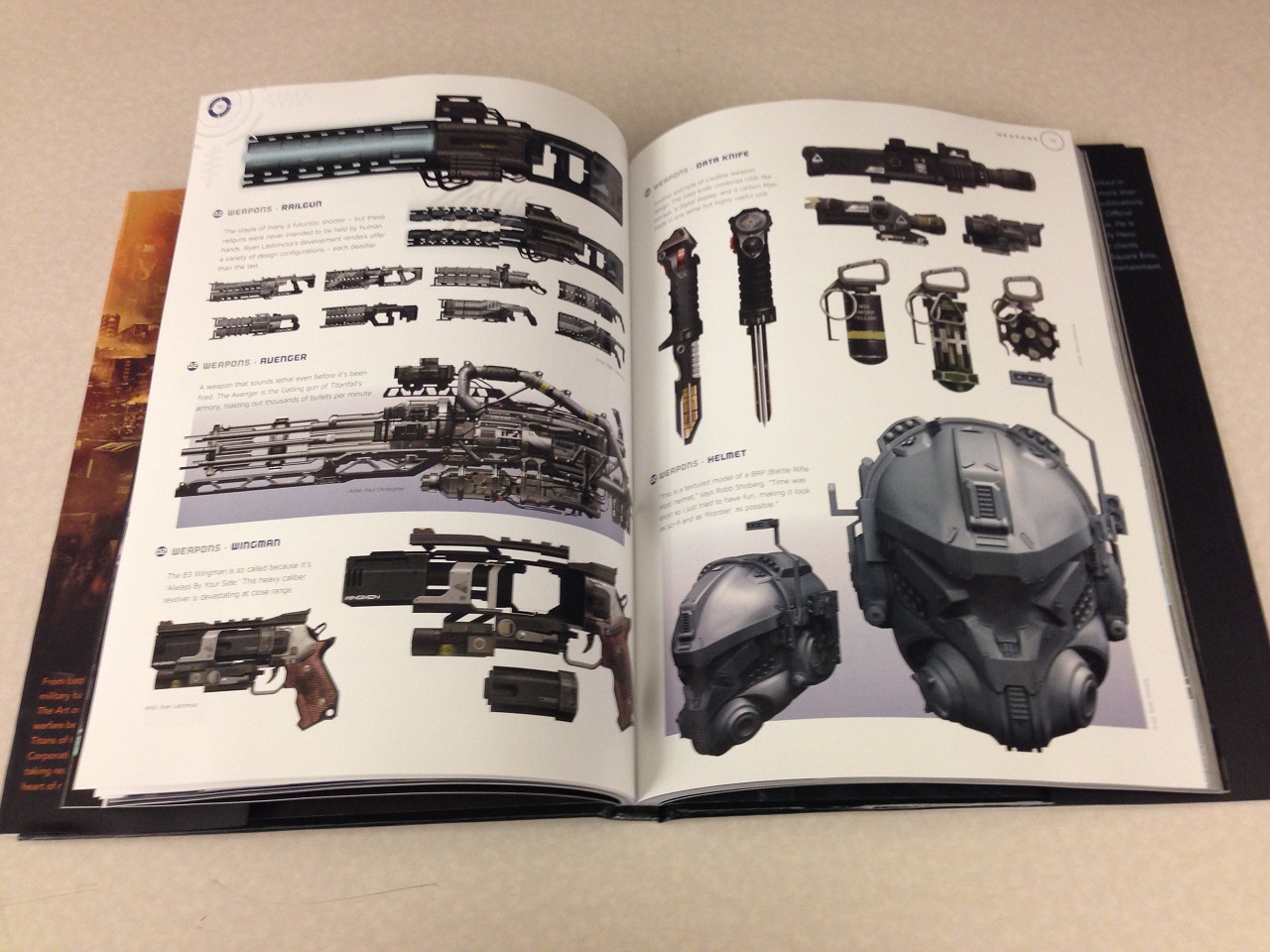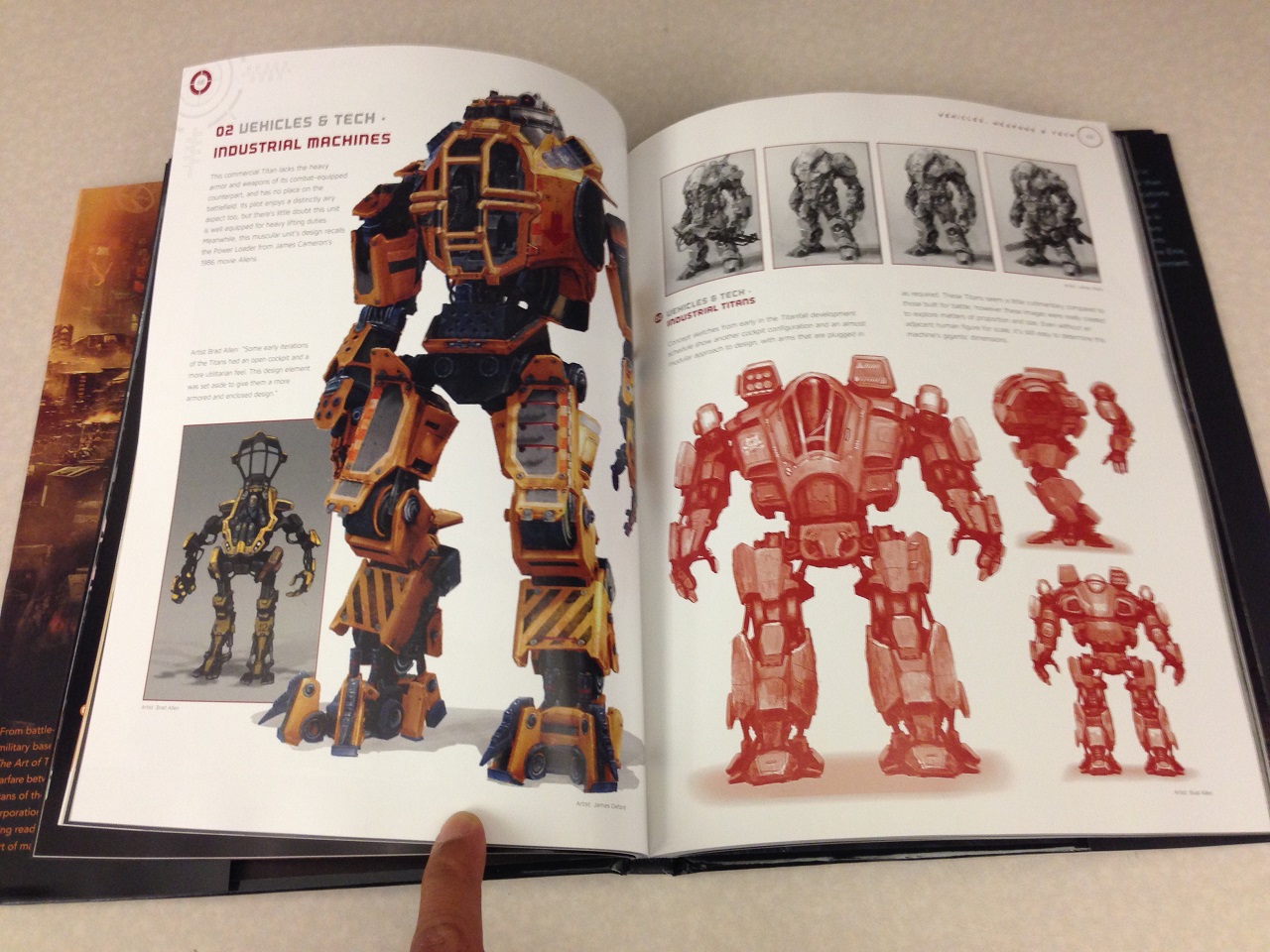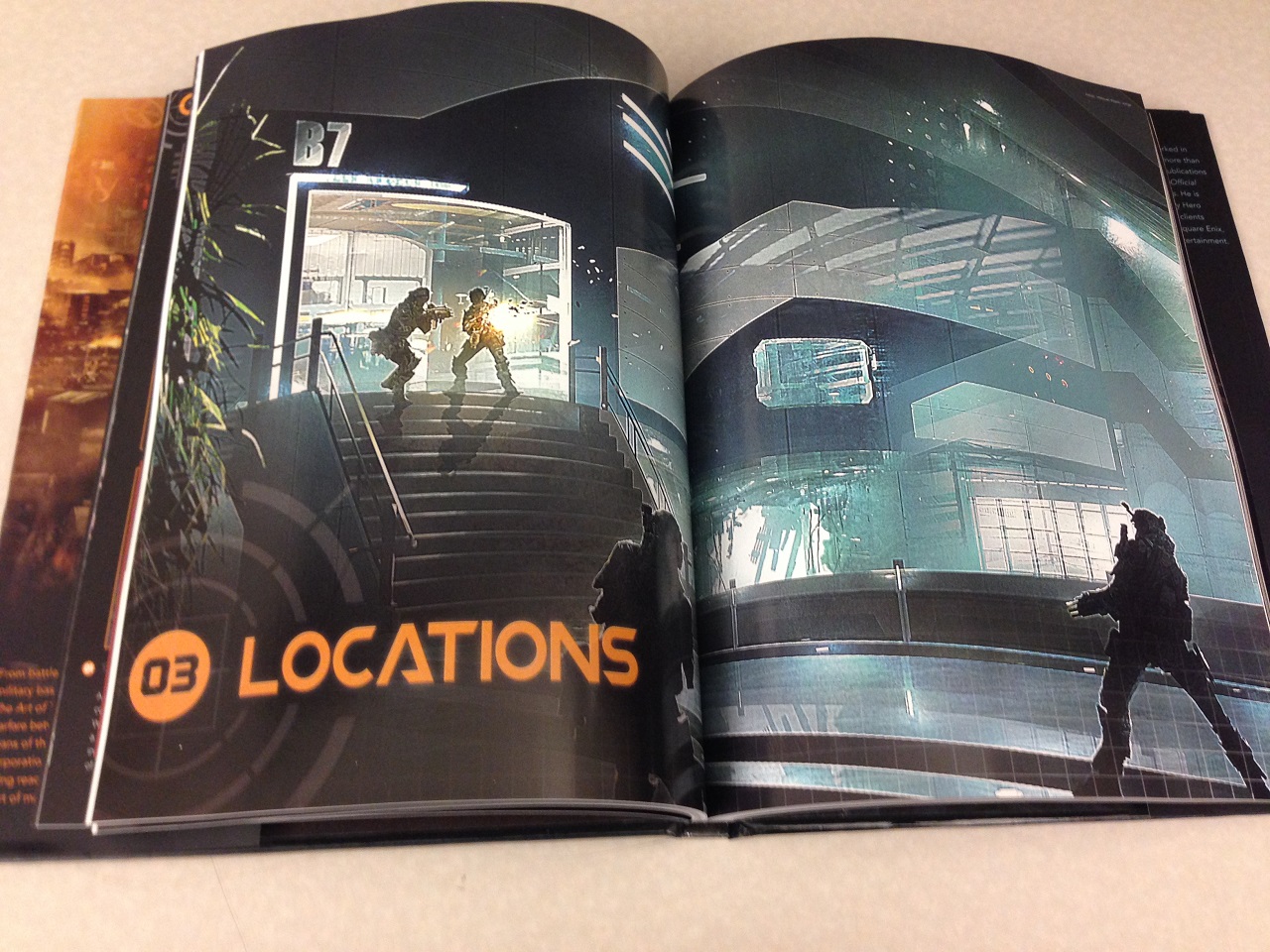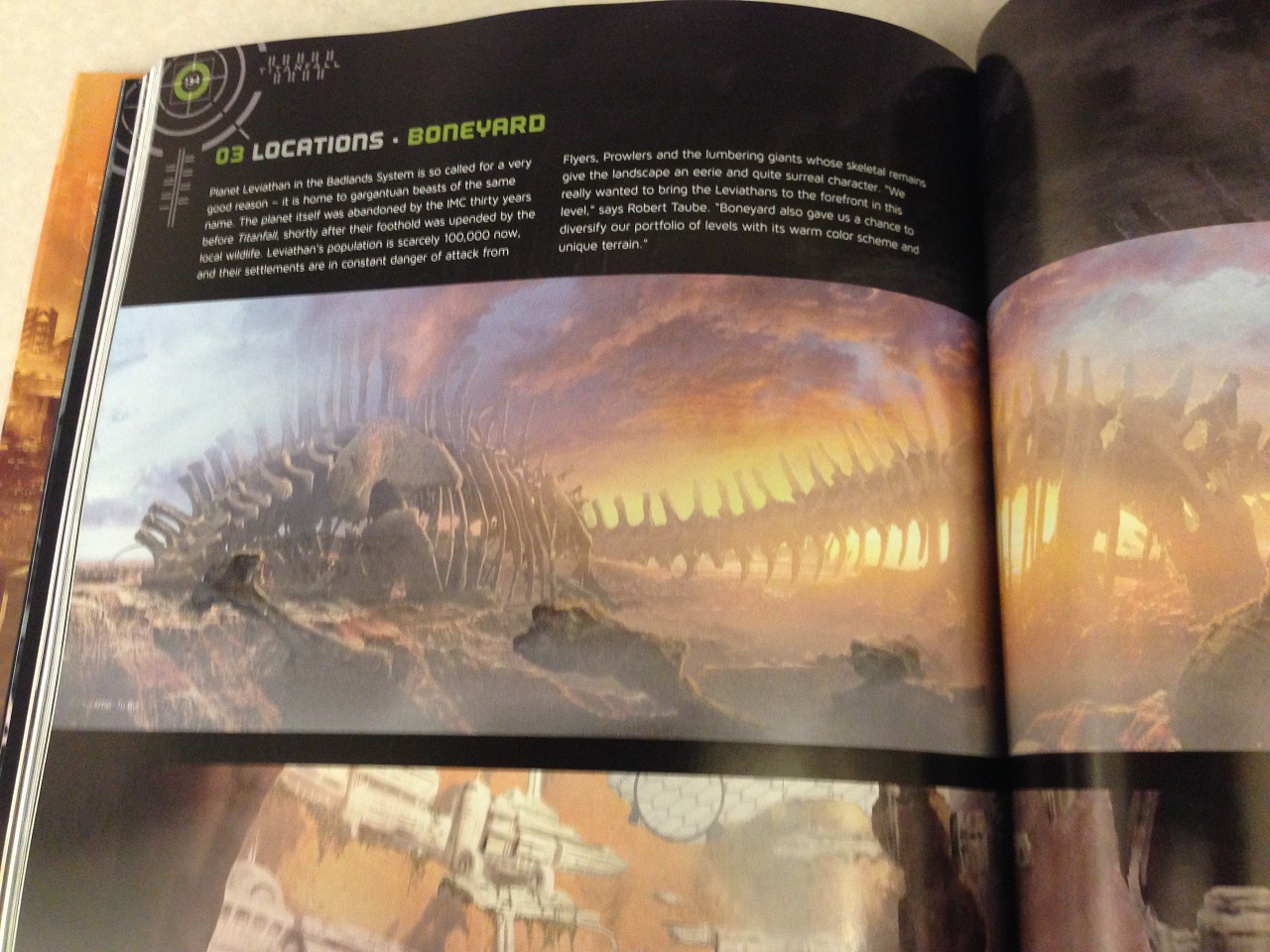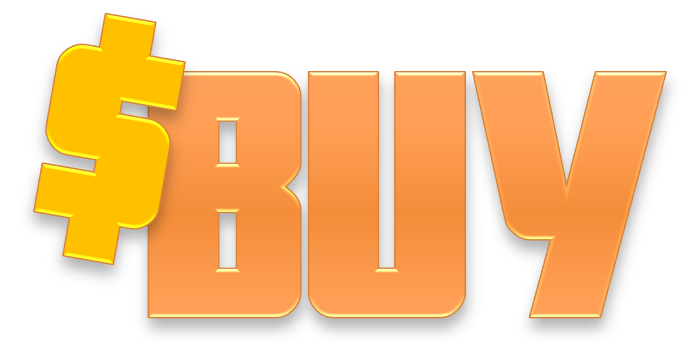The Art of Titanfall Book Review
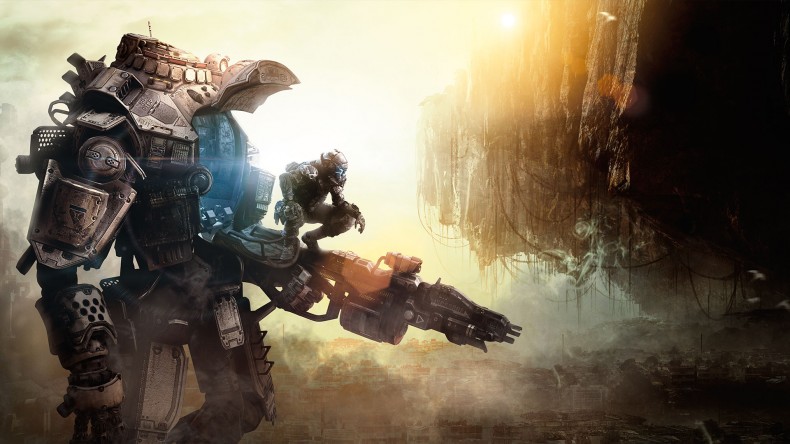
A Titan of an Art Book
If the recent Titanfall beta has taught us anything, it’s that gamers can’t get enough of Respawn Entertainment’s mindchild. 2 maps and 3 modes of the game were enough to keep gamers playing for hours, nay, days after the beta released. And just like that, after a week full of surprisingly titillating gameplay, Respawn Entertainment dropped a note, ended the beta, and like a one-night stand, left us high and dry, craving Titanfall more than ever. Such is Titanfall; a game that many people had doubts about, but once the masses got a taste of the gameplay, we all knew that the skepticism would take a backseat to the perpetual fun we were having with the game.
Even up until now, we thought that there could be nothing more that would surprise us about Titanfall, that there couldn’t possibly be any more new revelations about the game. That all changed when Titan Books swooped in and released The Art of Titanfall. Now I’ll be honest: I love coffee table books, and even more than that, I love video game coffee table books. And would you care to wager what pleases my fancy more than that? You guessed right. Coffee table books about video game art.
You see, in these sort of books, you as the gamer get to look behind the scenes, directly at the developmental process of a game. You can check out the concept art, delving into each and every avenue that the developers thought to consider, whether it be a different idea that they had in mind for a character, who through deliberation turned out to look like something entirely different. You can see that sense of change, that constant evolution of concept, unraveling in front of your eyes so you can pore over the details at your own pace.
The Art of Titanfall, published by Titan Books, is not any different. Written by Andy McVittie, this huge, 192 page art book is chock full of art – conceptual and realized – developer and artist insights and commentary, as well as a panoramic look at the game’s artistic development, from the individual characters designs, the tank-like Titans, to the industrial sci-fi-esque battlescapes where I’m sure some of our future “disputes†will be contended.
Now I know what you’re thinking, “it’s only 192 pages long. How much content and information could they fit…†I’m going to unceremoniously cut you off right there – The Art of Titanfall contains a ton of content. Andy McVittie and the artists over at Respawn Entertainment cover a lot of ground in the Titanfall art book. And just like the book flows, content-wise I’ll cover each of the areas.
The book goes over the three key Titans; the Ogre, Atlas, and the Stryder (sorry folks, it looks like that’s the final count, future-DLC notwithstanding). The thought process behind each Titan’s creation and function are covered, to the point where they show just how many iterations the Titan cockpit view went through before the artists and developers locked down the final versions.
The Militia, IMC, Rebel, Grunt, Spectre and Pilot designs were covered as well, each with their own distinctive and functional looks, explaining why they looked the way they did. Creature designs (you heard me right) were also covered. Now as far as we know, there will be creatures in Titanfall. Most of them will be present to add immersion to the levels situated in far off worlds (read about the Boneyard level further on).
“From the beginning, we wanted to have exotic creatures inhabit our worlds. Some will walk or fly around levels harmlessly until people interfere. Others will attack when you just stare at them†– Tu Bui, Concept Artist.
And the creatures range in all sizes, from mountainous (and I mean that literally – some creatures completely tower hundreds of feet above tree lines) Leviathans, Flyers – threatening dragon-like creatures, sure-to-be-uncomfortably large insects, and quadripedal Prowlers, that look like juiced-up, bastard children of wolves and tigers (except they lift).
After the admittedly brief creature section, we’re thrown straight into covering spacecraft, aircraft, ground vehicles, industrial machines, robots, and weapons.
IMC Carriers, to space freighters. Brickships were broken down in depth, and look pretty badass in their own right. Destroyers look exactly like their name implies. Taking a page out of the Halo school of spaceship design, Destroyers are frightenly-realized literal gunships. They look like weapons of utter destruction.
Then come the functional, detailed and militaristic designs of the space faring and air-born ships like the Aliens-esque Crow, the Goblin Dropship, and the sleek Hornet Fighter. Will we be able to fly these beasts? Dear Lord please let it be. The designs are just alluring enough to make we want to climb in the cockpit and rain down death from above.
Ground vehicles designs are also shown, like the intimidating Assault car, the utilitarian Samson truck, and the very functional and overbearing tanks. Methinks these vehicles just might be player-controlled in the game. Nevertheless, the designs shown fit in quite flush with the world of Titanfall and who knows…we might actually get to take them around for a ride, gunning it underneath parkouring pilots and swerving around stomping Titans.
Some industrial and commercial vehicles are also shown, notably an industrial Titan of sorts, which looks much like the open-cockpit fork-lift suit from Aliens, but on steroids. Drones, and automated, insect- like policing vehicles, and other mechanized robotic contraptions closed off the vehicle section nicely.
The weapons, oh the weapons. The Assault rifles, rocket launchers, the Arc Cannon, the Rail Gun; each of these tools of mayhem and chaos look aesthetically brutal. Whether Titan or Pilot weapons, they all look like they can cause a decent bit of pain on the battlefield, no matter what the target is. The art book even goes insofar as to show how the smart bullets function after propelling out from the barrel of a Smart Pistol. Especially noteworthy is the Data Knife, and its ability to puncture and persuade – hilt that baby in a Spectre and you can gain its allegiance. Don’t try it on a Titan though. That might get you turned into a blissfully uninformed stain on the ground.
The locations section in the Titanfall Art Book is absolutely massive, giving the reader a detailed look into each of the familiar and alien environments in the game. The areas are gloriously detailed with artwork, screenshots, and detailed, historical explanations of their existence and purpose. The book covers each location’s hotspots, notable areas, and more. To cover this area of the book, we’ll go into each of the 12 individual locations listed in the game. Now before you start wearing your “Only 12 maps in Titanfall?!†hat dismissively around, remember that there still might be a few locations that haven’t been revealed to us, as the running rumor is that there’ll be 16 maps in the final game.
Training Ground – Training Ground seems to be the same area that we tried out during the tutorial portion in the beta, with profiled targets, and test bunkers throughout the area.  A perfect, tight battleground that would get pretty chaotic with a full spread of teams.
Angel City – Ah, the best map from the Beta: Angel City. With its tight confines, Asian anime influenced aesthetics, and “there’s definitely a pilot hiding somewhere†layouts, it’s one of the more strategy-heavy maps on the list.
Outpost 207 – Outpost 207 is an IMC defense facility, located high in the mountains with panoramic skies above, and a decent view of valleys and mountains below. What’s distinguishing about this area is that it houses a gigantic military rail gun. Will it be usable in the final game? Let’s hope.
Fracture – Another map from the beta, Fracture is located on planet Victor in the Yuma system. Lush foliage grows over buildings, and the “destroyed beauty†theme is definitely in play on this map.
Demeter – Demeter is a very visually impressive map. It houses the refineries of the IMC military and is a major colonial base of operations for them. With an overbearing red giant covering half of an alien skyline, and a Mass Effect-ish terrain laying out the finishing touches, Demeter is a sight to behold.
“We knew we wanted to have epic skies and celestial bodies to help remind players that they’re in the Frontier. Demeter was a perfect fit for this red giant (star)†Todd Sue, Lead Environment Artist
Colony – Colony is an uncharted and fertile world far away from IMC forces. Formed from parts of the salvaged carcass of the IMS Odyssey, an IMC ship, its rebellious crew rose up against their IMC commanders, escaped to a far-off world, and formed their own outpost on Colony. You can see ingenuity in every corner of the map as the resourceful crew inventively used parts from the Odyssey to create bunkers, posts, and other structures.
Boneyard – Boneyard is situated on the planet Leviathan in the Badlands system. Leviathans, gargantuan beasts after which the planet is named, completely intimidate the landscape, whether they’re alive or dead. Creatures so huge that settlements are built on the rib cages and bones of the creatures. Their bony frames rise hundreds of feet into the air. Flyers, prowlers, and other dangerous creatures also lurk around this map.
About the Leviathans:
“Mountains are only as tall as this creature’s knees. Land shifts and clouds scatter when it moves.†– Tu Bui
The IMC is trying to re-establish their home on the planet Leviathan, using huge Repulsor towers in place to emit sonic deterrents against the local fauna.
Corporate – Hammond Corporation’s regional headquarters. The map is covered with sleek buildings housing shady corporate dealings and hidden military R&D facilities.
Overlook – Overlook is a prison complex set against a huge cliff-side. It has a very hard, industrial look to it and might be a pretty tight and frantic map for Pilots and Titans to fight through.
Nexus – Nexus is a war-torn location with battle-weary buildings and scarred by the destruction of war. You can definitely tell that some **** went down in this city, located on the planet Harmony (I’m not even going to talk about the irony of the planet’s name).
Airbase – Airbase is located on a distant moon of the planet Demeter. It houses the IMC’s Rapid Response Fleet, and is salted with a ton of vehicles, both air and spacefaring.
Lagoon – The Lagoon map is a natural setting among a collection of islands. It’s filled with lush jungles, oceanic views, and quite a few Rastafarian shacks dispersed throughout the map.
The guide also covers a few in-game graphics and insignia, as well as some intriguing signs and posters which aptly convey the culture of the world of Titanfall.
Maquettes – physical models, created by Joel Emslie, show a nice collection of models of the Ogre Titan, Spectres, Pilots, and a few other denizens of Titanfall’s world. A few pictures showing the construction of a full-scale Titan are also shown. (I’ve contacted Respawn Entertainment about shipping one to me, but so far, they haven’t responded. I’m sure it’s because the shipping costs must be sky-high. Yeah, that’s it).
Overall, The Art of Titanfall is a remarkable collection of the game’s art. From conception to execution, the book covers just about every aspect of the artists’ and game designers’ work, with thoughtful, detailed explanations tailing just about every piece of art and graphic. It even throws in quite a few revelations and insights about Titanfall’s world, and is truly a perfect companion piece to the game. The Art of Titanfall has taken up a permanent place on my coffee table, and yours could definitely do with a copy as well. Highly recommended.
“Titanfall was born from this chaos. When was it born? I can’t rightly say. There were sparks flown out early, but they didn’t ignite immediately. How was it born? Out of a desire to do something different and a need to manage the scope of what was possible. We were starting over. We had limited time and resources. We had to focus down to the core: This is a game and we know how to make games. There was never a clear path of how this one would come to be, but the result is rooted in the art and artists that built the foundation of our worlds and cemented our universe togetherâ€. Excerpt of Afterword by Vince Zampella, CEO Respawn Entertainment.
